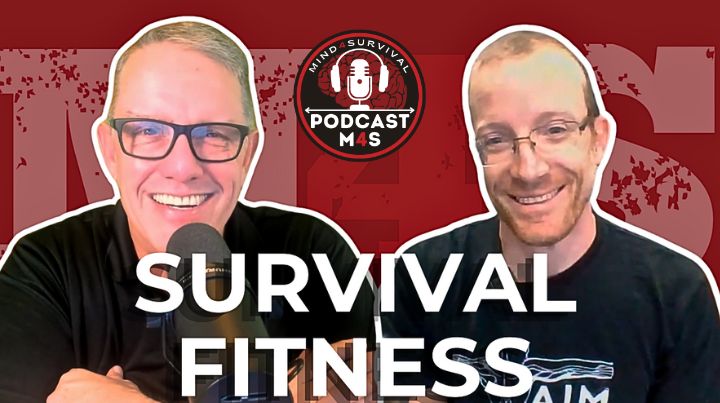Weird Ways to Get Food After SHTF
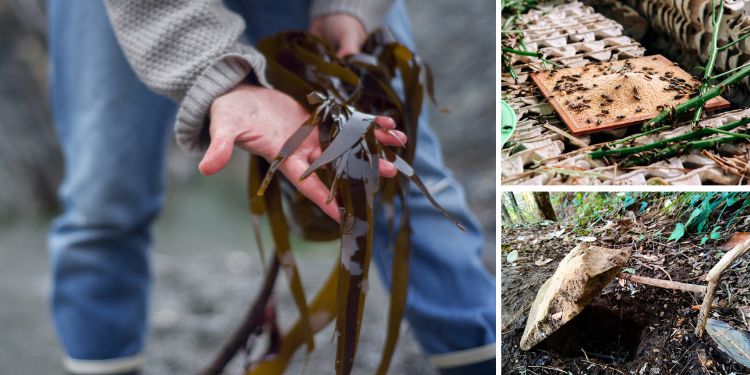
As preppers, we are specifically prepping for SHTF to avoid having to forage for food in a post-SHTF world. This will be dangerous and most likely leave us in a perpetual state of hunger.
But if something were to happen that forced you to venture into the wide world in search of food, particularly if you are caught up in an urban concrete jungle, this article should serve as a great primer to get you thinking about how and where to get some nutrition.
Remember that protein is your most important macronutrient. Protein is highly versatile and can also be used for energy production. In contrast, carbohydrates cannot be used for cellular repair and muscle maintenance. Living on rice will see you slowly wane away in a process called sarcopenia.
If in doubt, leave the veggies and eat the steak, or drink the milk, eat the eggs or fish, or, as you will soon see, you can also eat mealworms and roaches. Bon Appetit!
Urban Foraging
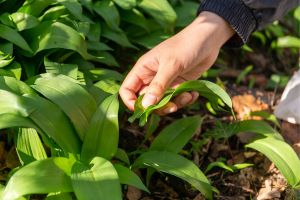 I bet that if you took a botanist into New York Central Park, he could show you a variety of plants that could provide you with a well-balanced diet.
I bet that if you took a botanist into New York Central Park, he could show you a variety of plants that could provide you with a well-balanced diet.
Dumpster Diving
I know this sounds unimaginable. But keep in mind that many perfectly edible things end up in dumpsters. Why, someone may have decided to go on a sugar-free diet just before SHTF, and you can run into a week’s supply of soda cans and Coco Pops.
Related: 6 Places You Can Go Dumpster Diving for Your Prepper Stockpile
Or maybe even a bag of brown rice after the poor sod who bought it realized they would rather starve than eat brown rice. You never know, but rummaging through dumpsters could prove to be a worthwhile undertaking.
Pet Food
 Many types of pet food, particularly those labeled as high-quality or grain-free, are made with ingredients like meat, fish, and vegetables, which are similar to human food.
Many types of pet food, particularly those labeled as high-quality or grain-free, are made with ingredients like meat, fish, and vegetables, which are similar to human food.
While not designed for long-term human consumption, pet food can provide basic sustenance in a pinch.
Dry kibble stores well, lasts for years, and could serve as a calorie source during a crisis. Just be sure to avoid anything with additives or ingredients unsafe for humans, like certain preservatives or artificial colors.
Roadkill
We eat dead animals, right? So why make exceptions based on how the animals died? I would, however, suggest following some guidelines when eating roadkill.
It needs to be fresh. If it’s smelly, lying in contaminated water, or looks like internal injuries may have released colonic bacteria onto the meat, you MUST NOT EAT IT!
Aquaponics
Setting up an aquaponic system is easy. You need water and fish. That is it. The fish will need food, etc., but there are many ways of sorting that out. You can also fish in ponds or streams or rivers or the sea. Fish are basically everywhere and should, by and large, survive SHTF events.
I learned from here how to build a sustainable aquaponic setup that can keep producing food even when traditional methods are no longer an option. It’s been a game-changer for my preparedness strategy.
Seaweed Harvesting
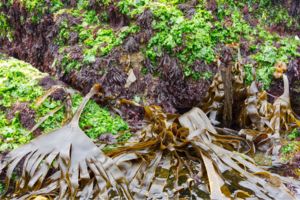 Seaweed is a great source of nutrition.
Seaweed is a great source of nutrition.
There are many ways of harvesting, preparing, and drying seaweed.
It can really help you through tough times.
And let’s face it, as long as the sea exists, you will not run out of seaweed.
Insect Farming
Insects can be found everywhere and are a rich source of protein and fiber. You can farm them or maybe even just set traps to catch them. Primary sources of insect protein that could be farmed include mealworms, crickets, grasshoppers, or even, and I hesitate to say this, black soldier flies larvae (maggots, I know).
Guerrilla Gardening
Take advantage of the fact that civilization has collapsed. Get hundreds of packets of seeds from stores and nurseries and just sow them everywhere you can. I bet many of them will eventually bear fruit, which you can harvest and eat when ready. Some vegetables can bear fruit in 60 to 90 days, so you better get sowing ASAP.
Hunting and Trapping
Edible Invasive Plants
Learn to identify and harvest edible invasive plant species, such as garlic mustard or Japanese knotweed. These plants may become even more abundant after SHTF. And let’s face it: survival will be more important than combating invasive plant and animal species.
Algae
Certain types of algae are edible and can provide nutrition that would prove invaluable to surviving in the long run. And let’s face it, most people will not be looking at these for sources of nutrition, so if you can get your algae game to be on point, you will not need to compete for other resources. Here are some examples:
Spirulina is a blue-green algae grown for its high protein content and nutritional value. It is also rich in vitamins, minerals, antioxidants, and essential amino acids. Spirulina can be consumed in powdered form as a dietary supplement. Mix it into a drink or sprinkle it over grain-based foods to add protein.
Chlorella is another type of green algae that is popular as a source of protein and micronutrients. You can harvest, dry, and mill it into a powder. This powder can then be consumed with fresh greens or mixed into broths to increase the protein content.
Macroalgae (Seaweed) can be found in freshwater and marine environments. Once again, you will need to learn to identify edible species. Dried seaweed is used extensively in many cultures worldwide as a source of nutrition and fiber. Once again, you will likely face almost no competition with other obstacles to harvesting seaweed. Rough seas also tend to wash much of it onto the shore, where you can collect it at your convenience.
While foraging, hunting, and other unconventional methods of sourcing food can be essential survival skills in a post-SHTF world, the best way to ensure you don’t go hungry is to grow your own food and maintain a well-stocked supply of long-lasting provisions. By having a reliable stockpile and a garden or other self-sustaining food sources, you reduce the need to venture out into potentially dangerous environments. Prepping is all about being ready before the crisis hits, and ensuring you can provide for yourself and your family without relying on the unpredictable.
For expert guidance on bugging in and ensuring your home is ready for any disaster, The Navy SEAL’s Bug In Guide is a valuable resource. This guide, developed with insights from some of the most elite survivalists, provides strategies on securing your home, managing supplies, and preparing for extended periods indoors. It’s packed with practical tips to help you survive, thrive, and stay one step ahead when sheltering in place becomes your best option.
You may also like:
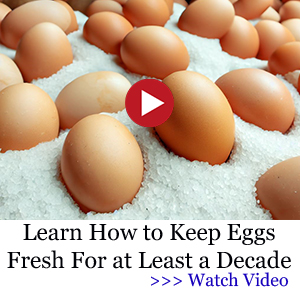 Actions to Take Immediately After a Nuclear Blast
Actions to Take Immediately After a Nuclear Blast
If You See This Plant in Your Backyard, Don’t Step on It! (Video)
Bartering Items You Need to Stockpile for the Next Financial Crash
6 Ingenious Projects for Endless Hot Water Without Electricity
Best Do-It-All Guns for Preppers
Read the full article here


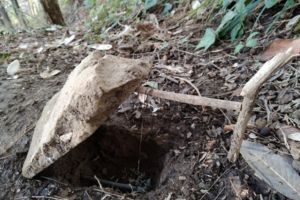 Hunting and trapping might not seem like weird methods for getting food after SHTF, but when the grocery stores are empty and wildlife becomes your main source of protein, it can start to feel like a foreign experience. You’ll need to learn how to adapt to the environment, track game, and be patient—skills that most people don’t practice in their daily lives.
Hunting and trapping might not seem like weird methods for getting food after SHTF, but when the grocery stores are empty and wildlife becomes your main source of protein, it can start to feel like a foreign experience. You’ll need to learn how to adapt to the environment, track game, and be patient—skills that most people don’t practice in their daily lives.
